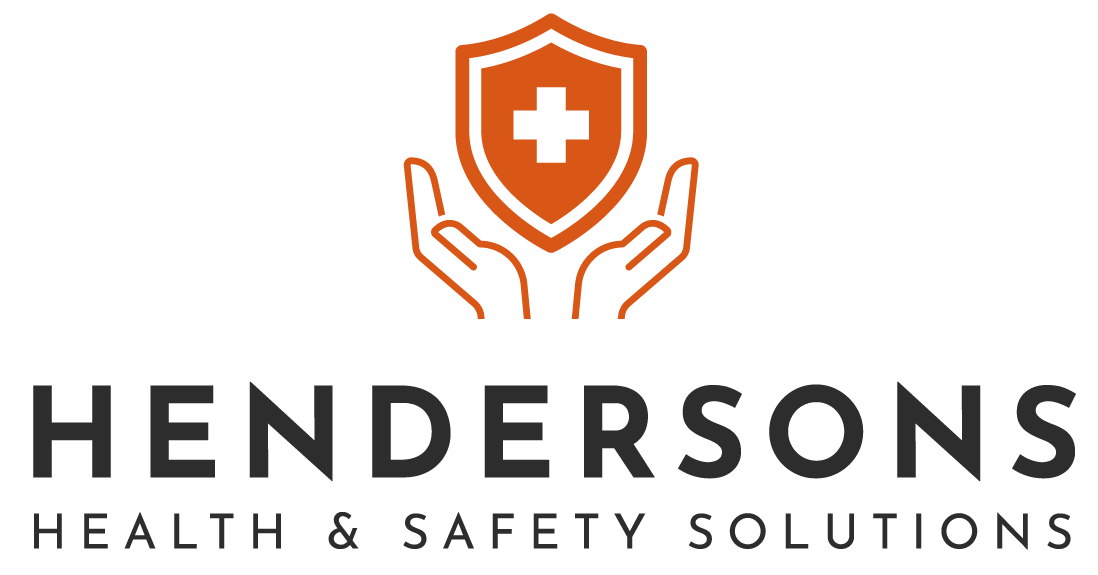As the British and Irish Lions prepare for their 2025 tour to Australia, I find myself trying to forget the six nations, especially the painful experience of my BiL sat next to me in the Principality Stadium wearing his England Rugby jersey singing 'Sweet Chariot' every 5 minutes. So I'm focussing on the anticipation and excitement that surrounds this iconic team.
With Andy Farrell set to announce his squad on May 8th, the rugby world (not so much Wales) is buzzing with speculation about who will make the cut. The Lions represent more than just a team; they embody unity, discipline, and the pursuit of excellence - qualities that resonate deeply with me, both as a rugby enthusiast and a dedicated professional in health and safety.

This connection between rugby and health and safety might seem unexpected at first, but the parallels are striking. Just as the Lions thrive by mastering the basics - teamwork, punctuality, and effort - businesses can achieve success by focusing on foundational practices. Inspired by Warren Gatland’s philosophy of excelling at "things that require no talent," I’ve been exploring how these principles can transform workplaces, creating a culture of accountability and excellence.
Master the Basics: Focus on Professionalism
1. Being Punctual
- Toolbox Talks and Meetings: Timeliness ensures that safety briefings are effective and everyone is on the same page before starting work.
- Scheduled Inspections: Regular and punctual equipment checks prevent delays and mitigate risks.
- Emergency Preparedness: Being on time can make all the difference in responding to incidents swiftly and effectively.
2. Giving Maximum Effort
- Proactive Hazard Identification: Going the extra mile to spot and report potential risks can prevent accidents.
- Thorough PPE Checks: Ensuring personal protective equipment is in top condition reflects commitment to safety.
- Engaging in Safety Culture: Actively participating in initiatives fosters a sense of ownership and responsibility.
3. Maintaining a Positive Attitude
- Encouraging Open Communication: A positive outlook helps create an environment where safety concerns are freely shared.
- Collaborative Problem-Solving: Teams with a can-do attitude are more likely to find innovative solutions to safety challenges.
- Promoting Well-Being: A positive workplace culture reduces stress and enhances overall safety.
4. Being Coachable
- Continuous Professional Development (CPD): Staying open to learning ensures compliance with evolving regulations.
- Adapting to Change: Embracing new safety protocols with a growth mindset leads to better implementation.
- Learning from Incidents: Constructive feedback helps teams improve and avoid repeating mistakes.
5. Showing Respect
- Adhering to Rules: Respecting safety guidelines demonstrates professionalism and care for colleagues.
- Valuing Diverse Perspectives: Listening to input from all team members enhances decision-making.
- Maintaining Equipment: Treating tools and machinery with care ensures longevity and safety.
6. Having a Strong Work Ethic
- Consistency in Maintenance: Regular upkeep of equipment reflects dedication to a safe environment.
- Housekeeping Standards: Keeping workspaces clean and organized minimizes hazards.
- Commitment to Compliance: Following regulations diligently sets a strong example for others.
7. Paying Attention to Detail
- Thorough Risk Assessments: Identifying even minor risks can prevent major incidents.
- Scaffolding Inspections: Ensuring structural integrity protects workers and projects.
- Documentation Accuracy: Detailed records support accountability and continuous improvement.
8. Being Prepared
- Readiness with PPE: Having the right equipment readily available ensures safety in all tasks.
- Emergency Drills: Regular practice prepares teams for real-life scenarios.
- Knowledge of Procedures: Familiarity with safety protocols reduces response times in critical situations.
9. Displaying Enthusiasm
- Championing Safety Initiatives: Enthusiastic leaders inspire teams to prioritize safety.
- Engaging in Training: Active participation in workshops enhances learning outcomes.
- Celebrating Successes: Recognizing achievements in safety motivates continued effort.
10. Taking Responsibility
- Owning Safety Outcomes: Accountability for actions fosters a culture of trust and reliability.
- Reporting Near Misses: Proactively addressing close calls prevents future incidents.
- Leading by Example: Demonstrating commitment to safety encourages others to follow suit.
Conclusion: Building a Legacy of (Operational) Excellence
Just as the British and Irish Lions aim to leave a legacy of unity and success, businesses can create a lasting impact by mastering the basics of health and safety. By focusing on "things that require no talent," organisations can foster a culture of excellence, where every team member contributes to a safer, more productive workplace. Whether on the rugby pitch or in the workplace, success begins with the fundamentals.
From Rugby Pitches to Workplaces Mastering the Basics for Success
Our commitment to collaboration underpins everything we do. By working closely with business owners, those with SHEQ responsibilities, partner agencies and stakeholders, we create a culture of safety that empowers everyone to contribute to maintaining high standards. This holistic approach not only ensures compliance with regulations and legislation but also fosters a sense of accountability and shared responsibility for workplace safety.
Through our expertise, dedication, and proactive measures, we provide effective health and safety solutions and strategic management insights to harness the possibilities of a motivated and well organised team. Together, we help our clients navigate complex regulations and achieve operational excellence.




